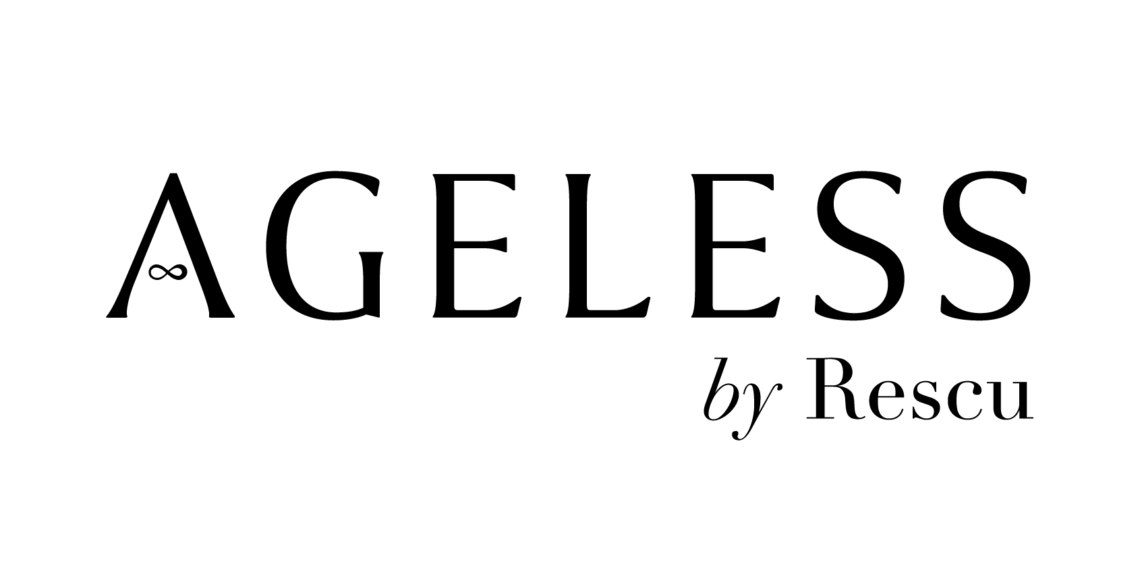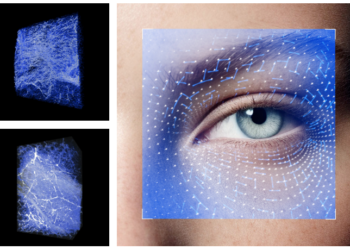By Dr James Southwell-Keely
Facelifts have come a long way since the early 1900s when surgeons started cutting the skin in front of the ear, trimming off the excess and stitching it up to create a more youthful appearance.
This evolved in the Twenties when the skin flap technique was created which peeled the skin back and then repositioned it after removing the excess to tighten and smooth the wrinkles.
The results were still short-lived as they did not address the real problem of the drooping of the underlying muscles and tissues.
When the SMAS technique (superficial musculo aponeurotic system) was created in the mid seventies, facelifts were revolutionised as they then began to not only look more natural but proved more effective as the results lasted for up to 10 years instead of only a few.
By surgically elevating the SMAS, the tissues of the face can be repositioned to their former higher position creating a more youthful appearance. There are many different ways to deal with the SMAS including plication (a medical term for imbrication ), resection (removal of a strip of SMAS) and SMAS flap (incising the SMAS, elevating a strip and then re-suspending it).
Facelift techniques that address the SMAS along with the overlying skin can make the person look younger by lifting and tightening the jowls, neck, and cheeks. The best thing about mini facelifts is that they produce minimal scarring. Short scar facelifts conceal the scars around the ear or around the eye where they are hidden in natural smile lines or in the hairline when a mid-face lift is performed.
When it comes to ageing the two most obvious indicators are: 1. jawline dropping or jowl formation; and 2: bags under the eyes with a sagging of the mid face. As everyone ages differently some people may have a firm neck yet have serious under-eye bags that make them look permanently tired and older, while another person may be perfectly firm under the eyes yet have jowls which create an aged or tired look taking away from the youthful definition of the face.
When it comes to mini facelifts the concentric malar lift is my preferred mini facelift. Developed and perfected by Paris-based French guru Dr Claude LeLouarn, the scars extend for around 10mm from the side of the upper and lower eye and are hidden in natural smile lines. The results are beautiful and natural, without creating a wind-swept, artificial look. Pain is minimal – patients spend one night in hospital, then go home the following day requiring little more than paracetamol for pain relief. Post-operative swelling may persist for several weeks, so the technique is best fitted in around holiday times, although patients look sufficiently presentable to return to their regular activities within two weeks. The technique can be further enhanced with stem cell enriched lipo-filling (using the patient’s own stem cells) for additional natural looking volumisation of the cheeks, wrinkle filling and skin rejuvenation.
As to the suitability it has to be judged entirely on the individual and their unique set of issues that need addressing.
Those for whom jowls or droopy eyelids are a problem will probably need these issues addressed as well so they may require a full as opposed to mini facelift or a mini face lift in conjunction with a lower face and neck lift. When the eyelids droop a blethoplasty (eyelid lift) is very rejuvenating, while a temporal lift to elevate the brows and, consequently the upper eyelids, would be recommended for a more permanent result when Botox no longer makes a significant improvement.
The cost for the mini malar facelift is around $8,000 for the procedure plus hospital costs and anaesthesia.
For more information contact Dr James Southwell-Keely.com.au or call 1300 884 827.




















